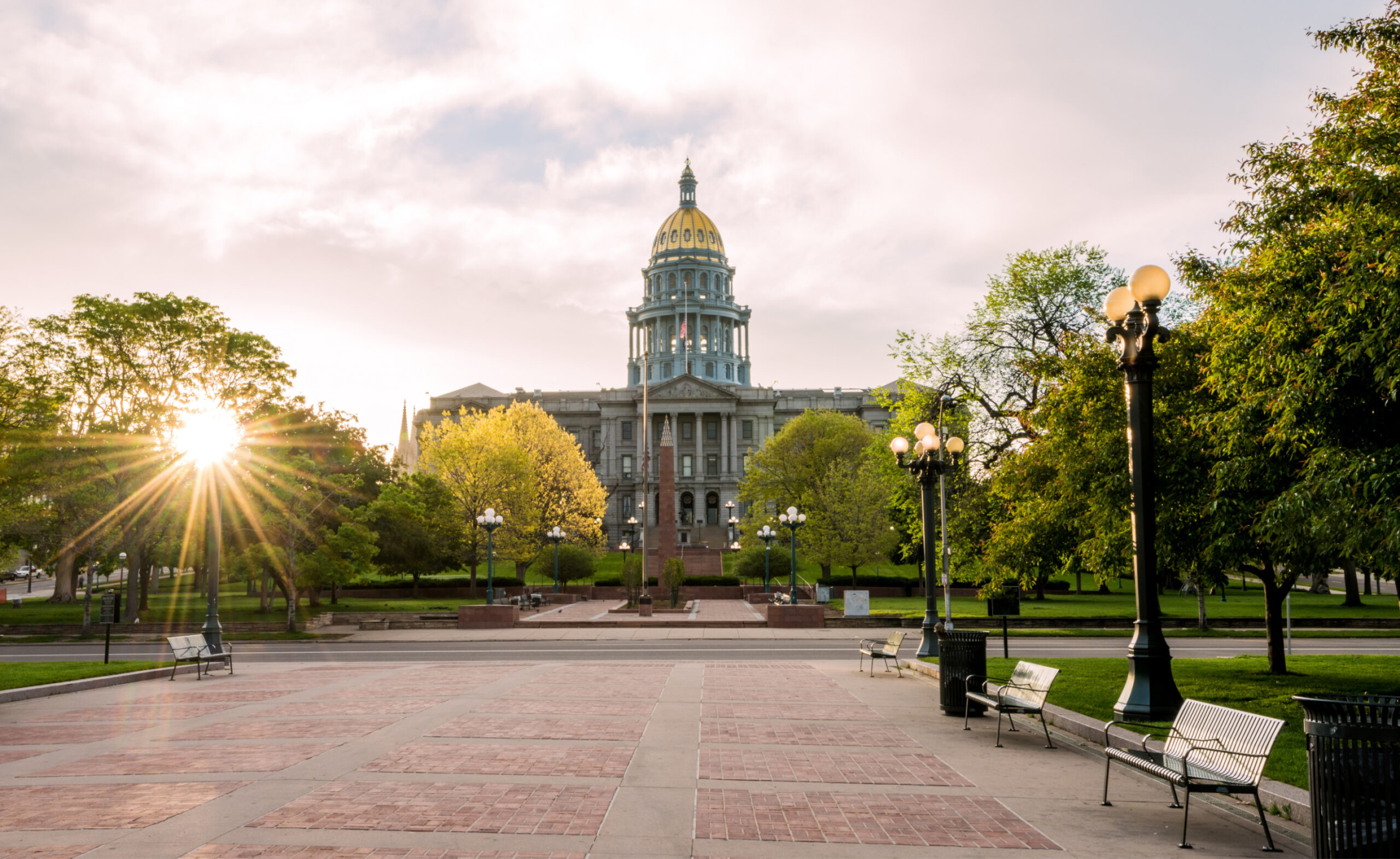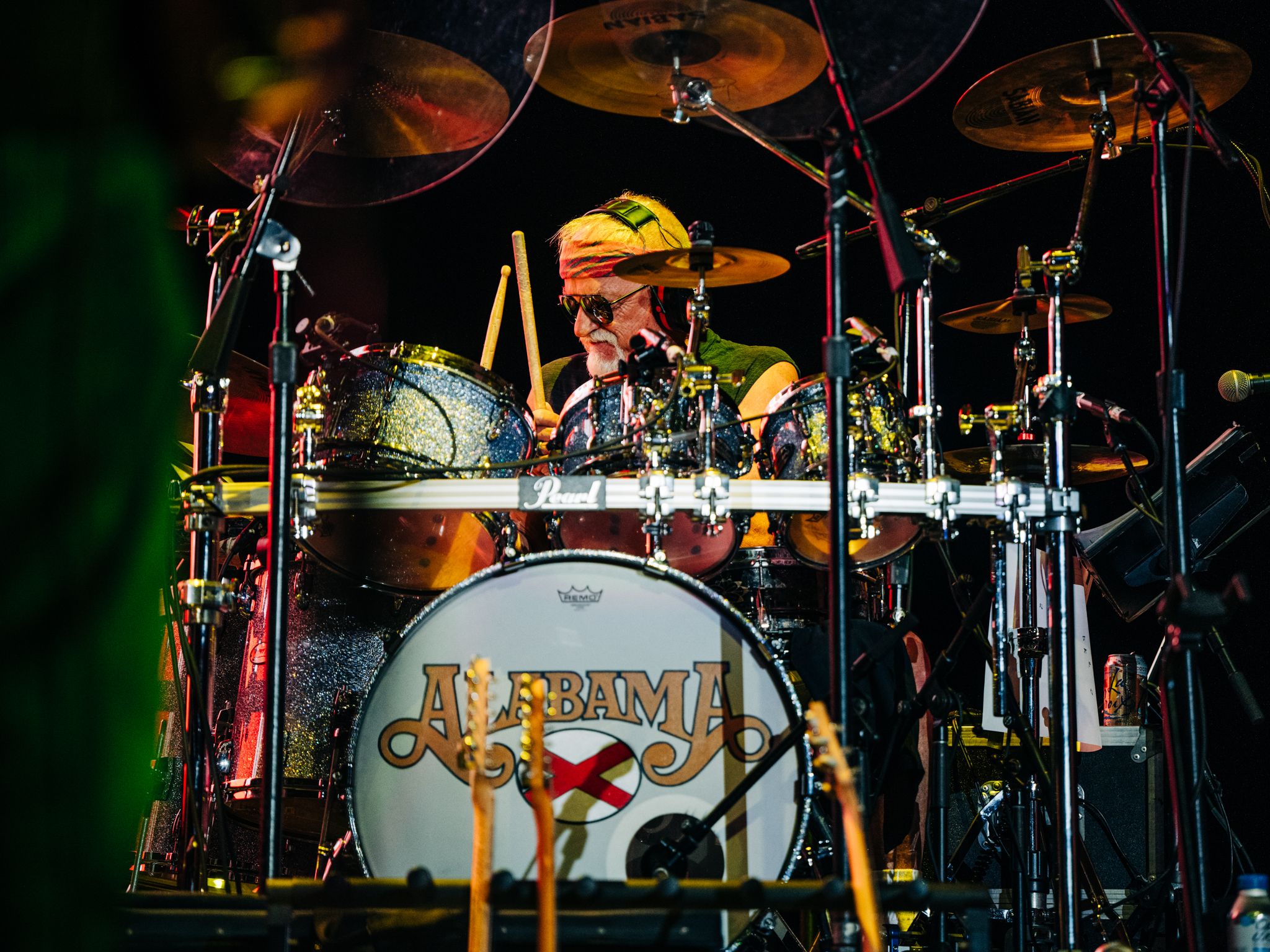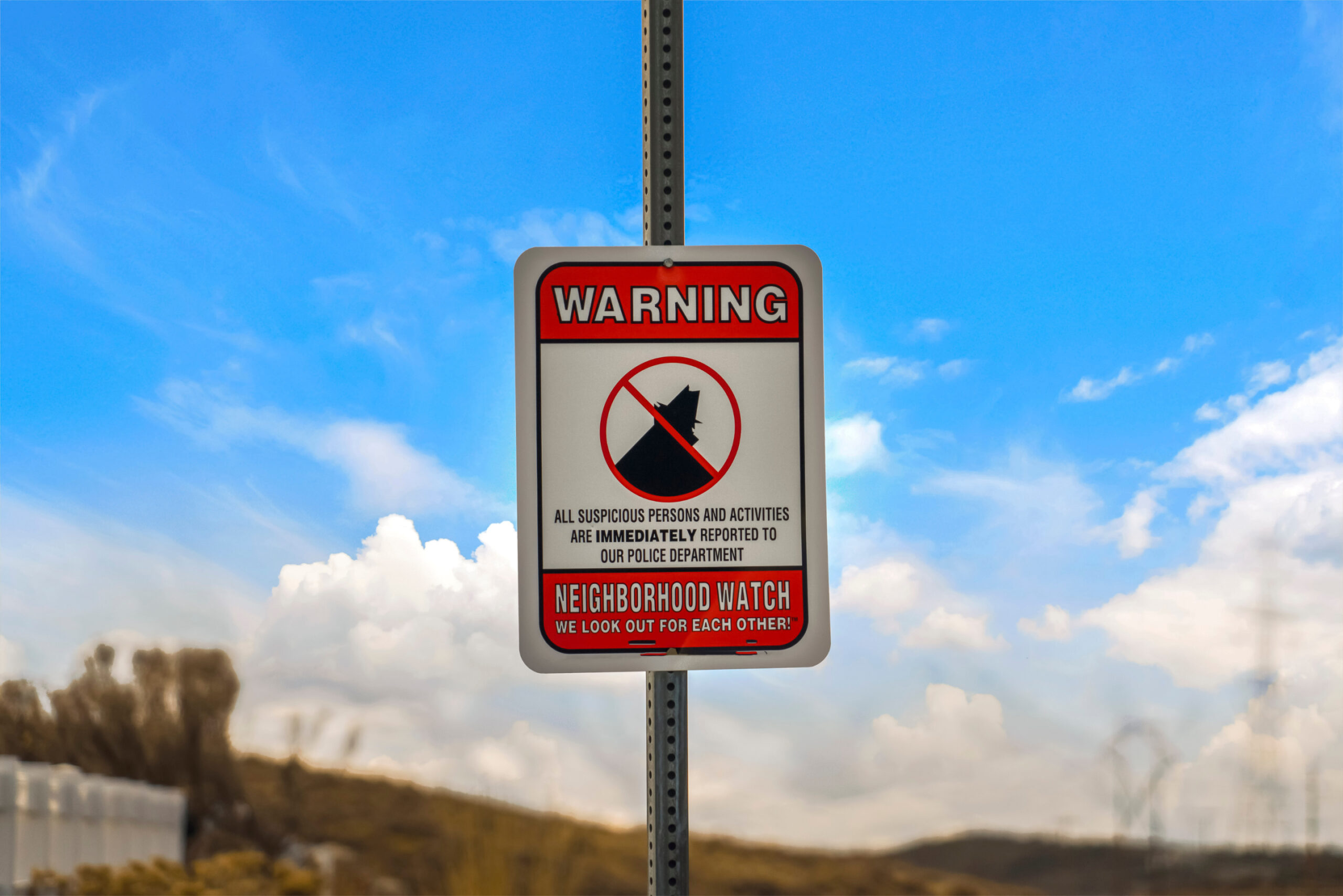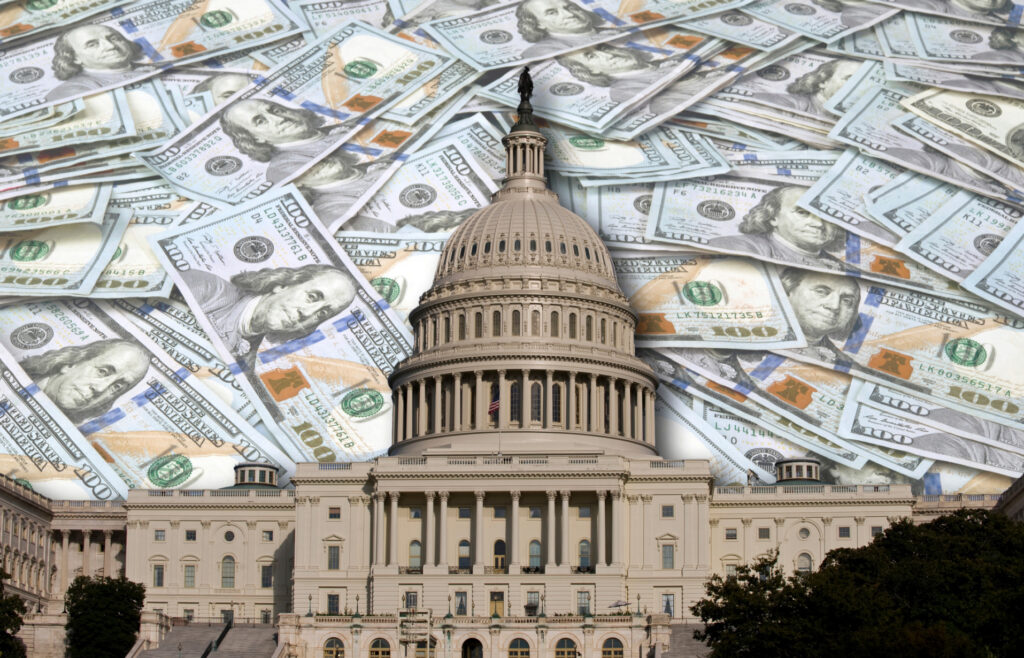
Democrats and the media seemed completely mystified that the hard-working women and men in the working middle class are supporting President Trump and the America First Agenda, because they are Union members. OH NO! But there is NO mystery or magic dust involved.
Simply stated, if you wear boots or a hard hat to work, carrying a union card, and support America First, then you learned critical thinking from trade school, hard work, knowing how to make products, building, and maintaining our infrastructure, and paying your bills and taxes, while all of those interlopers in suits and high heels, with lots of initials after their names spent their time and money in expensive schools inviting ideological indoctrination.
Keep in mind a simple fact – a union does not produce, build, or manufacture any tangible or intangible product or goods for the marketplace. It’s one of the biggest businesses in the U.S., yet all of its revenues come from members’ union dues and contributions.
In 1886, a young Dutch immigrant, Samuel Gompers, formed the American Federation of Labor (AFL). He was a self-taught labor economist who had rolled cigars since he was ten years old. He heard the speeches of the many socialists forming unions throwing out emotionally eloquent terms like “social justice,” “collective means of production” [government-owned means of production], “industrial democracy,” and “revolutionary syndication or collectivism” [eliminate private ownership by force]. The terms from over a century ago are the same today, or with little tweaks – they are not new.
Gompers rejected the ideologies of the socialist labor movement and the progressives. Instead, he saw that the improvement of the worker came from identifying and then negotiating the property interests, especially the company profits. He believed that the development of the middle class rose from the same capitalist structure of the businesses.
He formed the strongest union ever known by focusing on skilled or craft labor industries, where a union job involved more than a few hours or days of training, while the unskilled labor flocked to the socialists and eventually the communists with the International Workers of the World – IWW or Reds.
The socialists’ ideology, even today, is to join with us, and we will take care of you and lift your burdens, where your eight hours of work, with no skills, is worth the same as the skilled worker building the machine. The problem was that unskilled workers were highly replaceable.
Gompers grew unions in industries where he could claim his union could shut down the business, and the business owners knew it. He bargained from the strength of the union.
By collectively bargaining with the business owner, negotiations could result in better pay, benefits, and working conditions through the distribution of profits. Better pay and working conditions would assure the most qualified craftsmen, and the greatest output of high quality product – equating to even higher profits. In turn, the workers could improve their life– perhaps owning a bungalow. Or as Henry Ford later discovered from the management side– the employee could afford a car – the birth of the middle class.
After Gompers died, the Great Depression hit in 1929. In 1935, John Lewis, with his advisor, Saul Alinsky, convinced the AFL to form just a “committee” (the Committee of Industrial Organizations – CIO) to also organize unskilled, or mass-production workers. One of Alinsky’s social progressive tenets was that it was much more efficient and economical to take over an existing organization rather than attempt to build a new one.
In the meantime, prior attempts to pass union protective laws failed where the U.S. Supreme Court held the design of the laws was unconstitutional and likely violated the antitrust laws. With Lewis and Alinsky at FDR’s side, FDR threatened to stack the Supreme Court with his added, handpicked justices – and the Court approved The Wagner Act in 1935, (National Labor Relations Act – NLRA), which protected workers in forming and joining a union – something the AFL did not really need given the bargaining strength of their skilled work force, but was necessary for the CIO.
Lewis and Alinsky were then successful in building a union of unskilled labor. With success in building unskilled labor unions under the AFL banner, having developed a working relationship with FDR, and the protective NLRA in place, Lewis and Alinsky packed their bags and formed the independent Congress of Industrial Workers – CIO.
The economics of an unskilled labor workforce, especially during the Depression, began to quickly dwindle, as had other socialist ideology-based unions. The CIO was saved when the United States entered WWII in 1941, and the need for mass-production workers was in demand (now adding women, with no industrial skills, while the men trained for war – and, of course, the CIO promptly negotiated the firing of all the women, when the boys came home).
Critical to passing the NLRA was that only workers in the private sector were protected. As FDR famously stated in his speech about the NLRA:
“The process of collective bargaining, as usually understood, cannot be transplanted into the public service. It has its distinct and insurmountable limitations when applied to public personnel management. The very nature and purposes of Government make it impossible for administrative officials to represent fully or to bind the employer in mutual discussion with Government employee organizations. The employer is the whole people who speak by means of laws enacted by their representatives in Congress.”
Another important fact is that as an IRS Section 501(c)(5) not-for-profit corporation, the union can only allocate funds for the purpose of the betterment of the represented workforce – representational activities. Only to a limited extent can a union participate in political activities.
When the War ended, the CIO was in trouble again, given the sudden halt of wartime mass production. In 1955, the CIO lobbied to join again with the AFL, and the organization became the AFL-CIO. At its peak, the AFL-CIO had approximately 16 million union members through its affiliate unions.
With the post-war changes in technology and a thriving economy, union membership in the AFL-CIO steadily dropped. President John F. Kennedy was heavily endorsed by unions in a narrow election. Thus, with a fair amount of pressure, he signed Executive Order 10988, which allowed Federal workers to form unions, something FDR had specifically denounced and something even the Democratic majority in the Senate and House would not pass. The Government does not generate profits, and all property interests are in the People.
In the meantime, a Democratic-Socialist leader, John Sweeney, was building the Service Employees International Union (SEIU), organizing low-skilled, low-paid workers, such as janitors, housekeepers, homecare, food service, and domestic-type jobs. Sweeney now started to organize government workers.
In 1995, Sweeney and his team, in a hotly contested battle, cut out the traditional AFL leaders and was elected president of the AFL-CIO. Along with his Secretary-General, Richard “Dick” Trumka, the focus (and money) of the union heavily shifted to political activity and away from representational activities (the original purpose of the NLRA).
Trumka was not a laborer. He was an attorney for the United Mine Workers of America, who moved up to the UMWA President. More significantly, Trumka was a Board Member of the Democratic Socialist Party, receiving several honors. Trumka then served as the AFL-CIO president from 2009 to 2021. The capitalistic mold for strong private-sector union negotiations and building a strong middle-class was shattered.
Sweeney and Trumka grew the AFL-CIO back to about 15 million members. However, now, one-half of the members were public-sector workers and the number of private-sector members continued to decline.
Working around the campaign finance laws, the AFL-CIO funded or directed the funding of Political Action Committees (PACs) investing over a billion dollars annually in political activities and (legally) funneling union members’ funds through a maze of union project funds to PACs ultimately used to support or denounce political candidates and became one of the most powerful lobbying groups in Washington D.C. – again, openly pushing a socialist-progressive agenda, leading to such things as sending middle-class labor jobs overseas and ultimately leading to mass immigration where legal immigrants and illegal aliens quickly obtained jobs at lower rates of pay. As one might guess, 96% of the union’s political money goes to support Democratic candidates, and now supporting Democratic-Socialist candidates.
If you look at photos and newsclips of political rallies for democratic-socialist candidates, you will probably notice shirts and signs showing SEIU, AFSCME (largest collective union of state and local unions), the teachers’ unions, AFT and NEA, along with the AFGE, the largest federal employee union, (some are paid activists/organizers, but for legal purposes, they are supporting the social issues involved, not the specific legal candidate).
Take all of this background information and statistical data, shake the pieces in the box, and put the puzzle together – or mix a great cocktail.
The representational interests of public-sector employees have taken over the AFL-CIO’s agenda as the largest collective membership interest. This is the government worker, taxpayer-funded patronage system that was never intended by the protective working-class labor laws and the right to fairly negotiate the distribution of the worker’s interests in private-sector property interests and profits.
Skilled, manufacturing, technical and traditional blue-collar, hardhat labor supports Trump, and not the handpicked candidates of the AFL-CIO and manipulated union leaders, because the AFL-CIO has spent decades building a progressive, socialist ideological agenda, diverting well over a billion dollars annually to political candidates supporting this agenda and (allegedly legally) diverting more than half of the union’s dues-generated and member contribution revenue away from private-sector representational activities that could directly benefit union members on a daily basis.
President Trump rejects this progressive, globalist, socialist agenda. He has put his words to action in support of the hard-fought traditional working-class, common-sense, labor values that built the most vibrant middle-class, military, and successful economy in history.
Does it make more sense now? Cheers!
RECENT










BE THE FIRST TO KNOW
More Content By
Henry Cox


